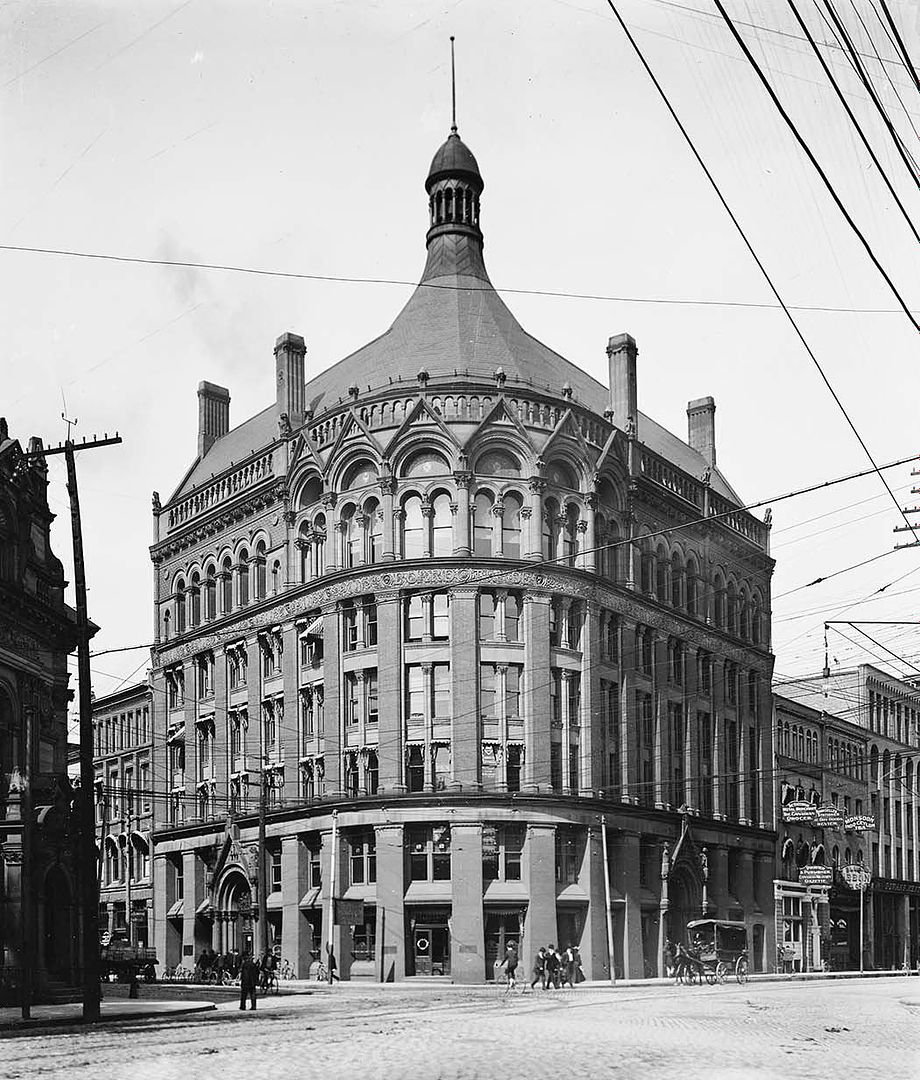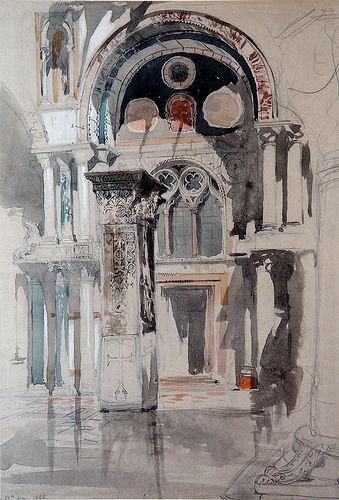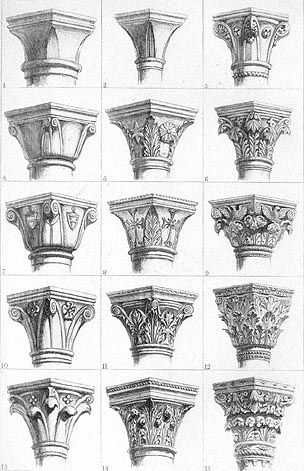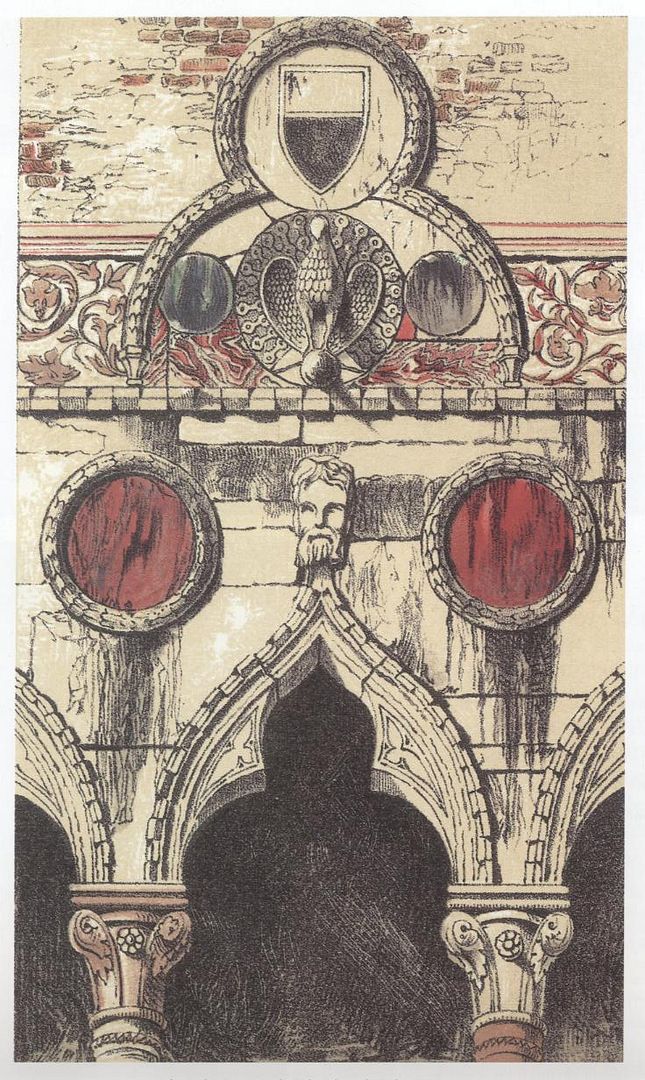Now it's your turn, Northern Light! What, pray, is the aesthetic appeal of the Board of Trade building? To my eye, it's a grab bag of "more is more" applied ornament grafted onto a big curved frontage, trying reely, reely hard to make a reely reely big statement. When built, it served a similar boosterish, "iconic" purpose for the city as Ford's proposed giant Ferris Wheel would, located within a stone's throw of the lake at the foot of Yonge, and I find it as vulgar and inelegant as Toronto's Trump tower is today. There's also massive timidity ( like the Residences of College Park towers ... ) to it: instead of being dynamic form ( like the Confederation Life Building at Yonge and Richmond of more or less the same date, for instance ) it's skin-deep and superficial. I prefer the American Hotel that was on the site before the Board building was built, and the earlier Georgian Bank of Montreal across the street to the later version you admire. Heck, I prefer most of Georgian Toronto, which was built to Classical proportions, to these big Husky Boy late Victorian pseudo Goth / Richardsonian Romanesque commercial buildings.
Fair enough request.
Hmmm,
First, let me say I hadn't been aware of the building preceding the BOT building on this site, and was aware of the BOT building through the many discussions of it here at UT and elsewhere, generally lamenting its loss.
So my endorsement of it, really compares it to its successor above all else (everything being relative)
In the spirit of the above, before really addressing the BOT building, I have to say that what's there now is ...not terrible, but humdrum at best, the gold'ish windows/curtain wall is not exceptional, at the very least, at worst its just, well, plain. A single treatment, more or less (above the retail level) that doesn't offer much.
The retail level has also always failed to work as well as it might, though in fairness there are far worse offenders, in Toronto on that score.
Finally, the current building sticks out badly to me as I sit in Berczy Park and look at the lovely old retail buildings along Front, the Flat Iron building and the nicer old efforts on Wellington too. At a distance, even Market Square makes some effort to blend in the area, albeit w/less than flawless success.
But the standouts are that 1 office tower on Wellington, the St. Lawrence Centre, The Sony Centre and the current BOT replacement.
And I don't mean standout in a good way.
They disrespect context without adding anything back. (I see being told over saying that about the Sony/O'Keefe....but I just never did like it, and still don't)
I'm certainly not opposed to 'modern' buildings; I can list several I like; but to me that area really benefits from a 'victorian' context, which few areas in our city offer; and if you must interrupt it, I at least want something truly flattering, and not imposing, to join up with the area's pre-existing feel.
****
On to the BOT itself.
While I wouldn't call it a 'great' building, I do like it.
First off, for the round 'corner' facing Front/Yonge. (you may notice I appreciated this design choice is some of the modernist works as well). Can't tell you exactly why, but it just works for me over the more square mode of a sharp corner. Though I would hardly oppose sharp corners on many a building; I just have an appreciation of that rounded/arc'ish quality.
Second, I like the way the building is broken up into 3 sections (4 if you include the roof). The 2 storey 'podium' for lack of a better descriptor, with the 3-storey torso and then the 'penthouse' or ultimate level, on its own, with pronounced windows that both say 'this is the top' loud and clear, and make one imagine the view of the Lake that might have been had from them at the time the building was new.
I know, US you are not a fan of flourish (too much detail/decoration), nor am I, though I'm fairly confident, my 'too much' is a little more involved/elaborate than yours would be.
I enjoy the detailing around the upper windows and in the divisions between building sections.
I do have a preference for brick as well, as a material, as opposed to concrete/precast in particular, or to banal uses of glass/stone.
I do enjoy glass and stone when used to what I feel are their best uses, but I don't see enough examples, and I think brick holds up better aesthetically in most applications, even with more mundane buildings (not that it saves 1-storey strip plazas)
In the end, I suppose, its mostly about context at that site; but it is also a preference for buildings which to me evoke some forethought, some effort to be individual, but also to be a mark of pride for both their architect and their occupant/owner.
The BOT conveyed that at some level to me, in a way I don't see with the current site occupant.








